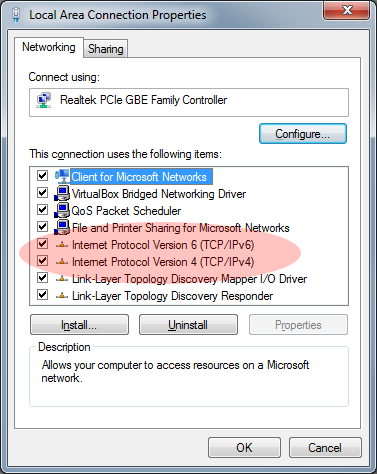By James Hanback
Now that you know what an IP version 6 (IPv6) address is, how to identify the types of IPv6 addresses, and how to subnet a block of IPv6 addresses, it’s finally time to configure IPv6 on a network. Perhaps your boss has finally shown some interest and asked you what that whole World IPv6 Launch anniversary you mentioned was all about. Perhaps you’ve simply decided that it’s time to put into practice the topics you’ve been studying in pursuit of your certification. However it happened, you’re ready to implement IPv6 on your network.
Time to Fly: IPv6 Demystified Part IV
Jul 16, 2014 10:27:00 AM / by Kelson Lawrence posted in dual stacks, DHCPv6, ipv6 unicast-routing, tunneling, IPv6, direct route
Take It on the Run: IPv6 Demystified Part III
Jun 25, 2014 8:52:00 AM / by Kelson Lawrence posted in addresses, subnetting, hexidecimal values, IPv6
By James Hanback
As a sensible person, you probably wouldn’t run a 5K, even for charitable purposes, without first performing some type of physical conditioning to ensure that you’ll actually cross that finish line. Whether you’re a professional who just needs to warm up and appropriately hydrate before the race or a newbie who gets out of breath just walking to your car, you’ll most likely prepare yourself with the right equipment and an adequate amount of training before you take on that public run.
Roll with the Changes: IPv6 Demystified Part I
Jun 11, 2014 8:25:00 AM / by Kelson Lawrence posted in IPv6, compare IPv4 and IPv6, shorthand, IPv6 addressing, IPv6 addressing shorthand, composition, compare IPv4 to IPv6
By James Hanback
There might come a time in your career when the fundamental networking tasks you are now able to perform in your sleep, like subnetting an IP version 4 (IPv4) network, fall into obsolescence. Sure, you were warned. We all were. Although IPv4 addressing is far too ubiquitous to go anywhere anytime soon, and the deployment of IP version 6 (IPv6) has been slow, to say the least, more widespread deployment of IPv6 is coming. Therefore, the ability to understand and implement IPv6 addressing has become a topic contemporaneous on network certification exams, such as the Cisco Certified Network Associate (CCNA) exam, with the ability to understand and implement IPv4 addressing.



